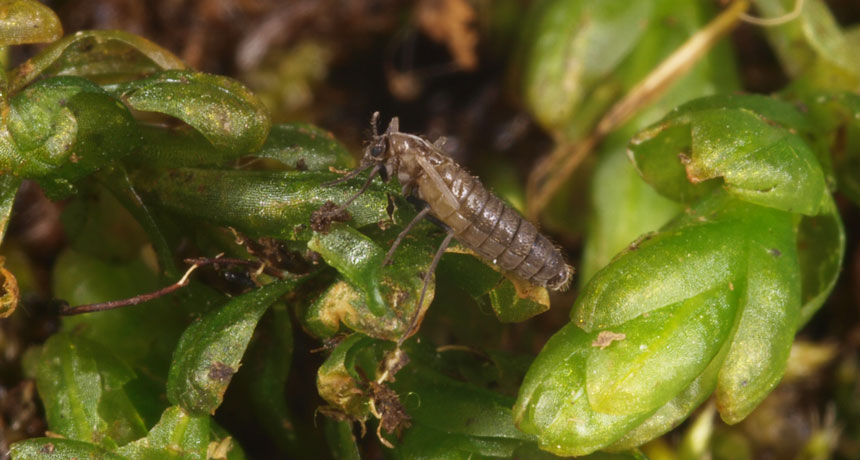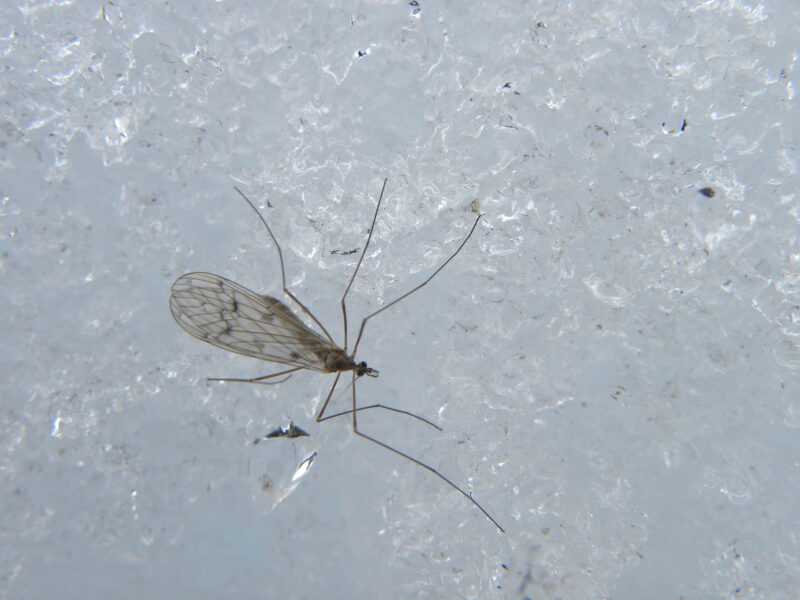Antarctica is a harsh continent, so only specialized organisms survive here. These are species that evolved to withstand the freezing temperatures, periods of darkness, and lack of water (and in some places, lack of food!).
Because of the warming climate, though, organisms from other continents can survive in Antarctica now. If those foreign species arrive in Antarctica, they might not die in the harsh habitat like they would have a few decades ago. The Antarctic Peninsula has a growing problem with invasive species.
One invasive species in Antarctica is a grass. I've told you about the one native species of grass, the Antarctic hairgrass (Deschampsia antarctica). In Antarctica, it can only survive on the northern end of the Antarctic Peninsula. There is also an invasive grass that has been able to move into some areas. That grass is Poa annua, also called bluegrass or meadow grass. It is a species of grass that grows in a lot of places over Europe, Asia, and North and South America, but was not able to survive in Antarctica. But now it can, and it has established itself on King George Island where we are working. This is a problem, because it is a grass that is very good at outcompeting other grasses, so can take over an ecosystem. That is especially possible if the climate continues warming in Antarctica! How did it get there? People visiting Antarctica, carrying seeds in their boots or gear without realizing it.
 |
| Poa annua reported by Znoj et al. in this paper. |
There is also an invasive species of midge that has moved in on the Peninsula. There is a native midge I've already told you about (Belgica antarctica), but there are also distant relatives of that midge that now live in Antarctica (Eretmoptera murphyi). How did they get here? They were brought in by accident in some potted plants that were being moved to Antarctica from other islands north of Antarctica for a scientific experiment. (That is why there are such careful restrictions about transporting soil and plants now!) This new midge is unlike any other organism that lives on Antarctica: it eats dead plant material. The islands along the Antarctic Peninsula are covered in a lot of dead plant material from old moss and grass. (Because nobody lives forever, but its decomposition is naturally very slow so it builds up over the years.) So, the invasive midges have a lot of food, but no predators living there, so they can grow and reproduce a lot! They can eat a lot of the dead plants, recycling the nutrients and creating soil much faster than would happen naturally. It is a level of consumption that does not naturally exist in this area! They create so much change that they can be considered an "ecosystem engineer".
 |
| You can read an article about this pesky alien midge here. |
The midge isn't the only invasive insect in Antarctica. On King George Island, where our work is based, there is another invasive insect called Trichocera maculipennis. This is a crane fly that is native to the northern hemisphere, mostly in Europe, so it moved a long way! They survive around sewage systems of the research bases on the island. This species of fly can actually fly! They can survive out in the natural environment away from the sewage, which is how they can move from station to station. This species exists here at Escudero station, and one has already flown into one of our samples!
 |
| You can read about this species and other invasive species with the British Antarctic Survey. |
These species were all accidentally introduced by people, because their larvae and seeds are so small that people didn't notice them on the products they were bringing into Antarctica. We are much more aware of it now, and we are now required to sterilize our boots in between each place we visit in Antarctica so that we do not keep moving them into new places. We have to avoid future damage from bringing in new species that might tip the natural balance in Antarctica!




